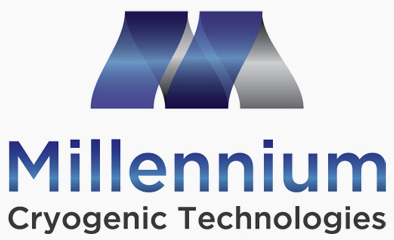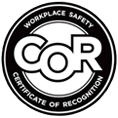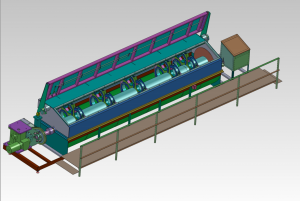How much does your business depend on its fleet vehicles for success? Many businesses, government agencies, and organizations operate through their fleet vehicles—car rental companies, taxi cab companies, public bus companies, police departments, delivery companies and mail or parcel delivery services like UPS—even retail organizations and drug companies purchase fleet vehicles for their sales representatives to drive.
These organizations depend a lot on their fleet vehicles, and their vehicles, in turn, put on a lot of miles—and so do their brakes. The more mileage these fleets of vehicles rack up, the more brake pads and rotors they go through (you might be surprised to discover how hard your mail carrier is on his brakes—or maybe it’s actually pretty apparent), which can add up—especially for some of the larger fleet vehicles out there. Cryogenics, however, has the solution.

What do cryogenics have to do with brake rotors?
Cryogenically treating your brake rotors can actually extend their longevity, which is an important feature for any organization that demands a lot of its fleet vehicles. Putting the rotors through cryogenic processes can prevent rust formation and strengthen them so they can handle the aggressive driving of the angriest mail carrier without wearing down or warping as quickly as non-cryogenically-treated rotors would.
Using quality braking equipment that is dependable and that can outlast the alternative brake equipment is a huge benefit to business. It decreases the downtime of your vehicles and saves you money on all the extra brake rotor replacements you won’t be needing anymore.
What are the benefits of using cryogenically treated brake rotors on your fleet vehicles?
Cryogenic processes can extend the life of your brake rotors two- and even three-fold, and cryogenics can reduce rotor warping, diminish grooving, and protect against heat checking, even in high stress situations—and it won’t impact the friction performance of your rotors or increase rotor noise.
How does it work?
The material brake rotors are usually made out of, called GCI or Grey Cast Iron, is an amorphous, non homogeneous, complex structure—in other words, the particles of the GCI are arranged in no order, are non-uniform, and may have discontinuous properties. When they break, crack, or fracture, they tend to form curved, irregular surfaces instead of the 90 degree straight angles of crystalline substances.
In order to strengthen the rotor, the GCI is founded through a process of integrating internal crystalline stresses. Cryogenic processes allow this infusing to be performed while the crystalline structures are at their lowest energy state, relaxing the crystal and, in turn, increasing the rotor’s hardness, creating a more uniform structure which can be machined smoother with greater ease, increasing the ability of the material to stand up to heat without warping or heat checking and reducing the rate of wear.
Cryogenic processes form an innovative means of increasing the structural quality and integrity of the brake rotors, creating a product that performs better with more efficiency and reliability, making fleet vehicles a lot safer when they are out on the roads.











